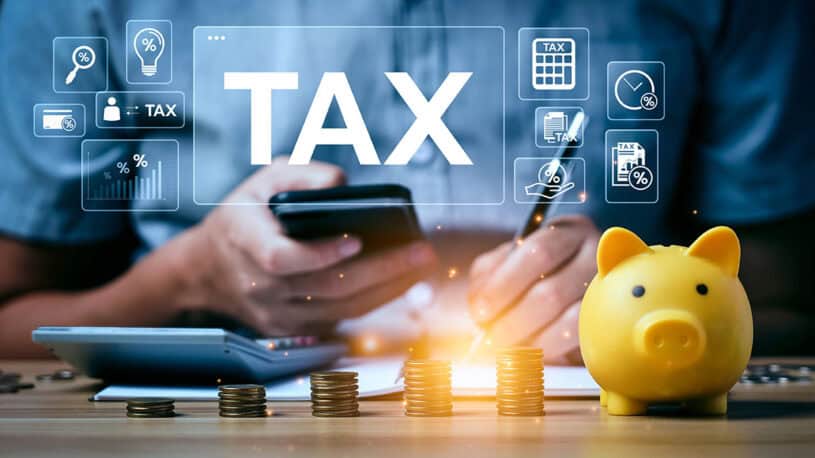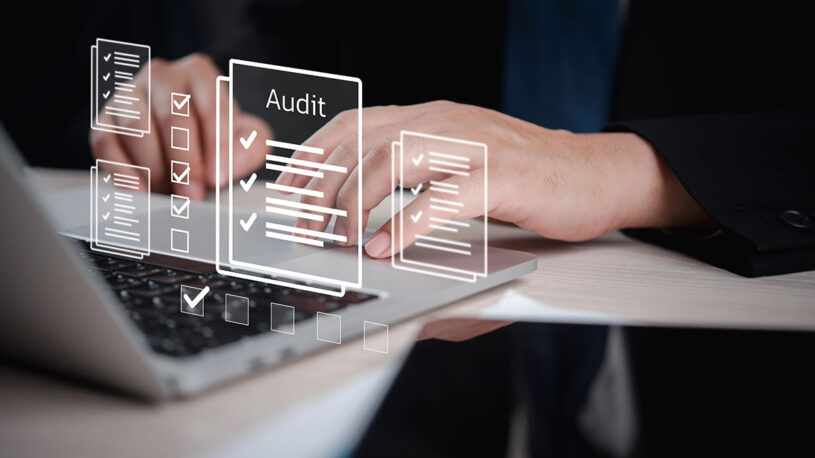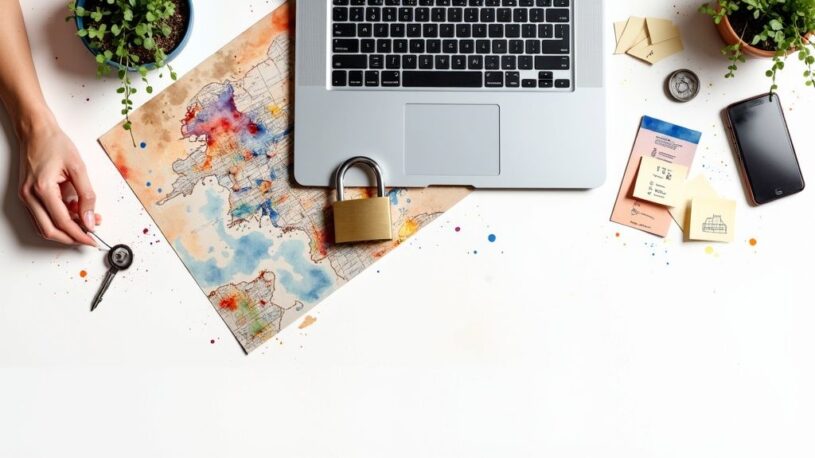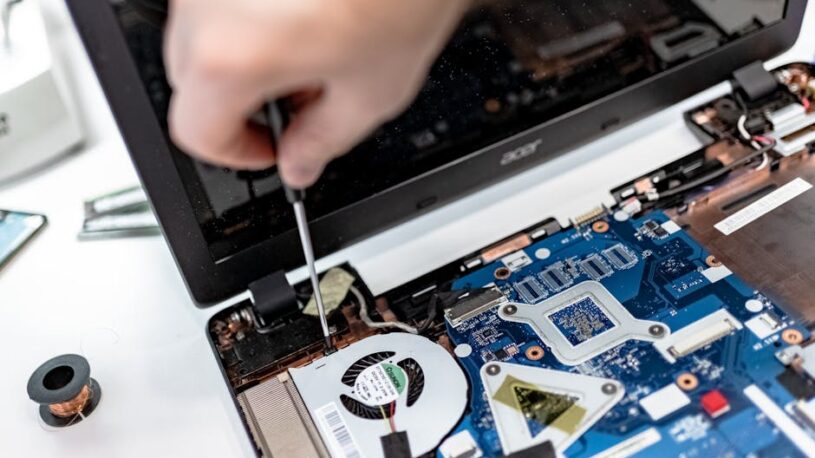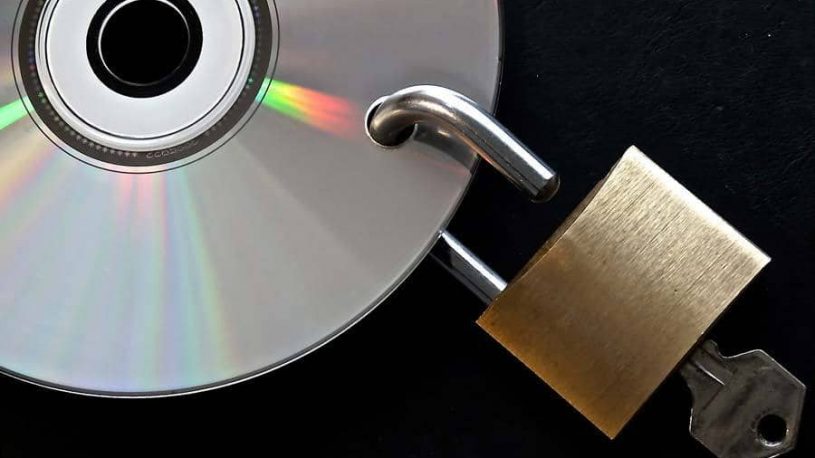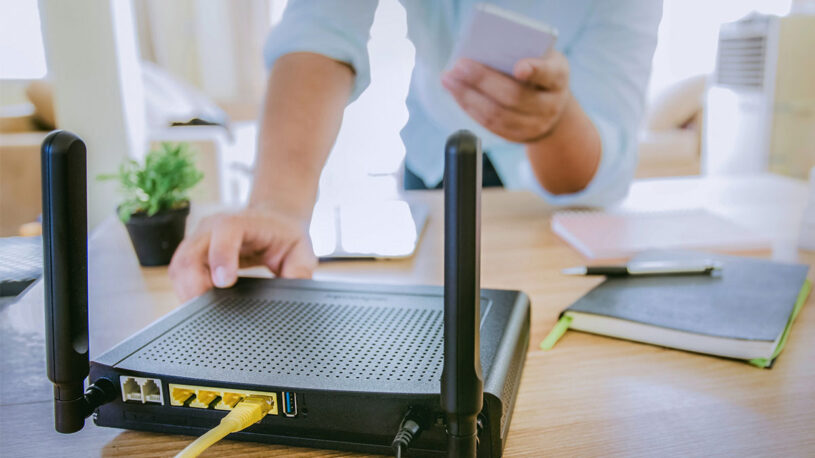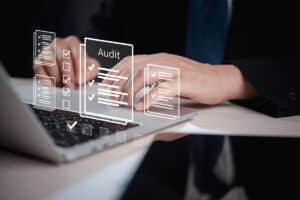
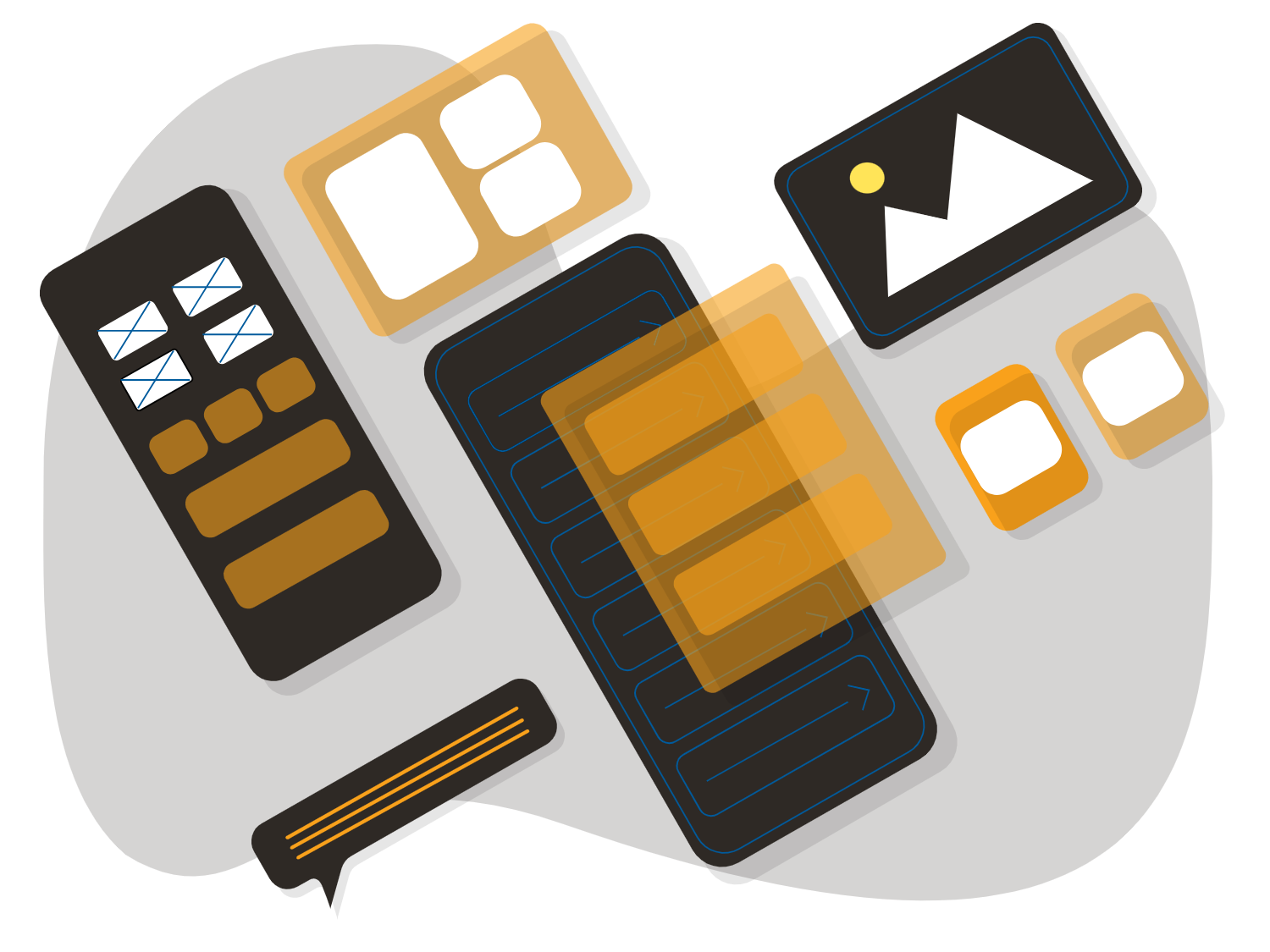
Bastrop IT: 10 Reasons Your Computer Is Slow & How to Fix It
A slow computer disrupts your workflow, wastes time, and tests your patience. You might find yourself staring at loading screens or waiting for simple tasks to complete. These performance issues not only affect productivity but can also lead to frustration and lost opportunities.
Identifying the root causes of a sluggish system is essential. Many factors contribute to slowdowns, from storage problems to outdated software or hardware glitches. Partnering with tech support in Bastrop TX can make diagnosing and fixing these issues easier, restoring speed and responsiveness for a smoother computing experience.
Below, we cover the top reasons your computer is slow! Each section addresses a common cause of slowdown and provides practical steps you can take:you can take:
- Full hard drive space management
- Outdated drivers and their updates
- Signs of hardware failure
- Handling unnecessary software updates
- Managing startup programs
- Detecting viruses and malware
- Power mode settings for better performance
- Browser add-ons impact
- Adjusting visual effects settings
- Cleaning dust buildup and upgrading hardware
1. Full Hard Drive
A full hard drive can drastically slow down your computer. When storage space nears capacity, your system struggles to manage files and run programs efficiently. This often results in longer load times, freezing, or even system crashes. Your operating system needs free space for virtual memory and temporary files; without it, performance drops noticeably.
How to Check Your Hard Drive Space
Windows:
- Open File Explorer.
- Click on This PC.
- Look under Devices and drives to see available space on each drive.
Mac:
- Click the Apple menu > About This Mac.
- Select the Storage tab to view disk usage.
Freeing Up Storage
Delete unnecessary files such as old documents, downloads, or media you no longer need. Use built-in tools like Disk Cleanup (Windows) or Storage Management (Mac) to remove temporary and system files. Move large files to an external drive or cloud storage services. Uninstall rarely used applications to reclaim space.
Maintaining at least 20% free disk space supports smooth operation and improves overall responsiveness.
2. Outdated Drivers
Outdated drivers can cause your computer to slow down, crash, or behave unpredictably. Drivers act as the communication bridge between your hardware and operating system. When drivers are outdated, this communication becomes inefficient, leading to reduced system speed and stability issues.
Consequences of outdated drivers:
- Sluggish performance during routine tasks
- System crashes or freezes
- Peripheral devices (printers, graphics cards, etc.) malfunctioning or not recognized
- Security vulnerabilities due to unpatched driver bugs
How to update your drivers:
Manual update:
- Open Device Manager (search for it in the Start menu).
- Locate the device category (e.g., Display adapters for graphics cards).
- Right-click the device and select Update driver.
- Choose Search automatically for updated driver software.
Using specialized software:
- Programs like Driver Booster, Snappy Driver Installer, or Driver Easy scan your computer for outdated drivers.
- They provide an easy way to download and install the latest versions without manual searching.
3. Hardware Failure
When your hard drive, RAM, CPU, or motherboard start to fail, you’ll notice a marked slowdown or erratic behavior that software fixes can’t resolve.
Common signs of hardware failure include:
- Frequent crashes or blue screen errors
- Unusual noises such as clicking from the hard drive
- Sudden freezes or system restarts
- Error messages during startup
- Decreased read/write speeds or corrupted files
Addressing hardware failure requires identifying the faulty component. Use diagnostic tools like Windows Memory Diagnostic for RAM issues or manufacturer-specific utilities for hard drives (e.g., CrystalDiskInfo). If hardware is confirmed faulty, replacement is often the best solution. In some cases, consulting an IT professional ensures proper diagnosis and repair.
4. Unnecessary Software Updates
Frequent software updates can have a significant impact on your system’s speed, particularly when it comes to resource-intensive programs. While these updates are often designed to improve performance or fix bugs, they can also consume valuable system resources and slow down your computer.
It’s important to be selective about which updates you install. Focus on installing updates that are important for security or compatibility reasons, as these are the ones that will have the most direct impact on your system’s performance. For non-essential updates, consider whether the benefits outweigh the potential slowdown before deciding to install them.
5. Startup Programs
Startup programs are applications that automatically launch when you turn on your computer. When too many of these programs run at startup, they consume system resources, causing longer boot times and sluggish performance right from the moment you log in.
You can take control by managing which programs are allowed to start automatically:
- Windows: Open Task Manager (Ctrl + Shift + Esc), go to the Startup tab, and disable unnecessary programs by right-clicking and selecting Disable.
- Mac: Navigate to System Preferences > Users & Groups > Login Items, then select and remove unwanted startup apps using the minus (-) button.
- Third-party tools: Utilities like CCleaner or Autoruns offer advanced control for managing startup entries beyond the built-in options.
Regularly reviewing and trimming your startup list helps speed up boot time and frees system resources for active tasks. Focus on disabling apps you rarely use or those not essential for system operation, such as update managers or cloud storage sync clients. This simple step often results in noticeable improvements without requiring hardware upgrades or complicated tweaks.
6. Viruses and Malware
Viruses and malware can severely degrade your computer’s speed by consuming system resources, corrupting files, and triggering erratic behavior. These malicious programs often run background processes that drain CPU power and memory, causing sluggish response times and frequent crashes.
Signs of Infection
Signs of infection include:
- Unexpected pop-ups or ads
- Programs opening or closing on their own
- Slow internet connection despite good service
- High disk or CPU usage without clear cause
Detection and Removal
Detection and removal require reliable antivirus software. Windows Security (formerly Windows Defender) is a built-in option that provides real-time protection and regular scans. Other trusted antivirus programs like Norton, Bitdefender, or Kaspersky offer advanced features such as ransomware protection and scheduled deep scans.
System Maintenance
To maintain a clean system:
- Run quick scans regularly to catch threats early.
- Use offline scanning tools if infections resist removal.
- Avoid installing multiple antivirus programs simultaneously to prevent conflicts.
- Keep virus definitions up to date for the best detection rates.
7. Low Power Mode
When you’re running resource-heavy tasks like gaming or video editing on your device, enabling low power mode can be beneficial. This feature optimizes power usage by reducing background activities and limiting certain functions, allowing your device to allocate more resources to the task at hand.
Benefits of Low Power Mode
Here are some benefits of enabling low power mode during resource-intensive activities:
- Extended battery life: By minimizing power consumption, low power mode helps prolong your device’s battery life.
- Improved performance: With less energy spent on non-essential tasks, your device can dedicate more processing power to demanding applications, resulting in smoother gameplay or faster video rendering.
- Heat management: Resource-heavy tasks often generate heat, which can affect performance and comfort. Low power mode reduces heat production by lowering overall system activity, keeping your device cooler during intense sessions.
How to Activate Low Power Mode
The steps to activate low power mode may vary depending on your operating system. Here’s how you can enable this feature on popular platforms:
Windows
- Click on the battery icon in the taskbar.
- Move the slider to select “Battery saver” mode.
macOS
- Click on the Apple menu and select “System Preferences.”
- Choose “Battery” and check the box for “Low Power Mode.”
iOS
- Open the Settings app on your iPhone or iPad.
- Tap on “Battery” and toggle on “Low Power Mode.”
Android
- Go to the Settings app on your Android device.
- Select “Battery” and enable “Battery Saver” or “Low Power Mode.”
8. Browser Add-ons
Browser add-ons can enhance your web experience but often come at a cost to performance. Some extensions consume considerable memory and processing power, causing slower webpage loading times and increased system lag. If you notice your browser dragging, the culprit might be one or more add-ons running in the background.
How to identify problematic add-ons:
- Open your browser’s extension or add-on manager.
- Review the list of installed extensions.
- Disable any that you don’t use regularly.
- Monitor browser speed after disabling to spot improvements.
Recommendations for managing browser add-ons:
- Prioritize lightweight alternatives designed for efficiency.
- Avoid installing multiple extensions that serve similar purposes.
- Temporarily disable all add-ons when troubleshooting slow browsing issues.
9. Visual Effects Settings
Modern operating systems often prioritize visual aesthetics, with sleek animations and eye-catching graphics. While these features can enhance the user experience, they may also contribute to a slower computer, especially on older or less powerful hardware.
Finding the Right Balance
It’s essential to strike a balance between visual appeal and system responsiveness. If you’re experiencing sluggish performance, consider adjusting your visual effects settings to prioritize speed over style. Here’s how:
- Windows: Open the Start menu and search for “Performance.” Select “Adjust the appearance and performance of Windows.” In the Performance Options window, choose “Adjust for best performance” or manually uncheck specific visual effects that you find unnecessary.
- Mac: Click on the Apple menu and select “System Preferences.” Go to “Accessibility” and then “Display.” Check the box next to “Reduce motion” and “Reduce transparency” to disable certain visual effects.
10. Internal PC Dust Buildup & Outdated Hardware
Dust accumulation inside your computer case is a silent performance killer. It clogs fans, air vents, and heatsinks, leading to overheating. When your CPU or GPU overheats, the system throttles down to protect itself, causing noticeable slowdowns and instability. Regular cleaning helps maintain optimal airflow and cooling efficiency.
How to Clean Your PC
- Use compressed air to blow dust off components.
- Clean vents and fan blades carefully.
- Open the case periodically for a thorough dust removal.
- Avoid vacuum cleaners as they can generate static electricity harmful to components.
Outdated hardware contributes heavily to sluggish performance. Computers older than five years might struggle with current software demands.
Common Hardware Upgrade Candidates
- Storage drives: Replacing an HDD with an SSD drastically reduces boot times and file access delays.
- RAM: Increasing memory allows more programs to run simultaneously without slowing down your system.
- CPU: Upgrading the processor boosts overall speed but may require motherboard compatibility checks.
- Graphics card: Important for video editing; an outdated GPU can bottleneck performance.
Signs That Hardware Upgrades Are Necessary
- Frequent system crashes or freezes.
- Slow application loading despite free disk space.
- Inability to run new software or updates.
- Excessive heat generation even after cleaning dust.
Securing Your Path to a Faster Computer
Don’t ignore your computer’s slowness. It can hurt your productivity and overall user experience, and sometimes only computer repair in Bastrop can resolve deeper technical problems.
There are many reasons why your computer may be slow, but the good news is that most of them can be fixed with the right approach. Getting assistance from a IT help desk in Bastrop TX ensures a methodical troubleshooting process to pinpoint and address the root causes effectively.
When troubleshooting, it’s best to implement one fix at a time instead of trying multiple solutions all at once. This way, you can figure out which solution works best for your specific situation with guidance from pros in IT consulting in Bastrop.
FAQs
Why is my computer running slow and how can a full hard drive affect its performance?
A full hard drive can significantly impact your computer’s performance by limiting the available space needed for system operations and temporary files. To fix this, check your hard drive space and free up storage by deleting unnecessary files or moving data to external storage devices.
How do outdated drivers cause my computer to slow down and how can I update them?
Outdated drivers can lead to system instability and reduced speed as they may not be optimized for current software or hardware. You can update your drivers manually through the device manager or use specialized software designed to detect and install the latest driver versions.
What are common signs of hardware failure that could be slowing down my computer?
Signs of hardware failure include frequent crashes, unusual noises, overheating, or devices not responding properly. Addressing these issues may involve diagnosing specific hardware components and replacing faulty parts to restore optimal performance.
Can unnecessary software updates affect my computer’s speed, and should I install all updates?
Frequent or unnecessary software updates, especially for resource-intensive programs, can slow down your system. It’s advisable to selectively install updates that are crucial for security or compatibility while postponing non-essential ones to maintain better performance.
How do startup programs influence my computer’s boot time and overall speed?
Having too many programs launch at startup increases boot times and consumes system resources, leading to sluggish performance. Managing startup programs via built-in tools or third-party applications allows you to disable unnecessary items, speeding up your computer’s startup process.
What impact do viruses and malware have on my computer’s speed, and how can I protect against them?
Viruses and malware degrade system speed by consuming resources and causing erratic behavior. Using reliable antivirus solutions helps detect and remove malicious software effectively, thereby improving your computer’s overall performance.
Table of Contents
